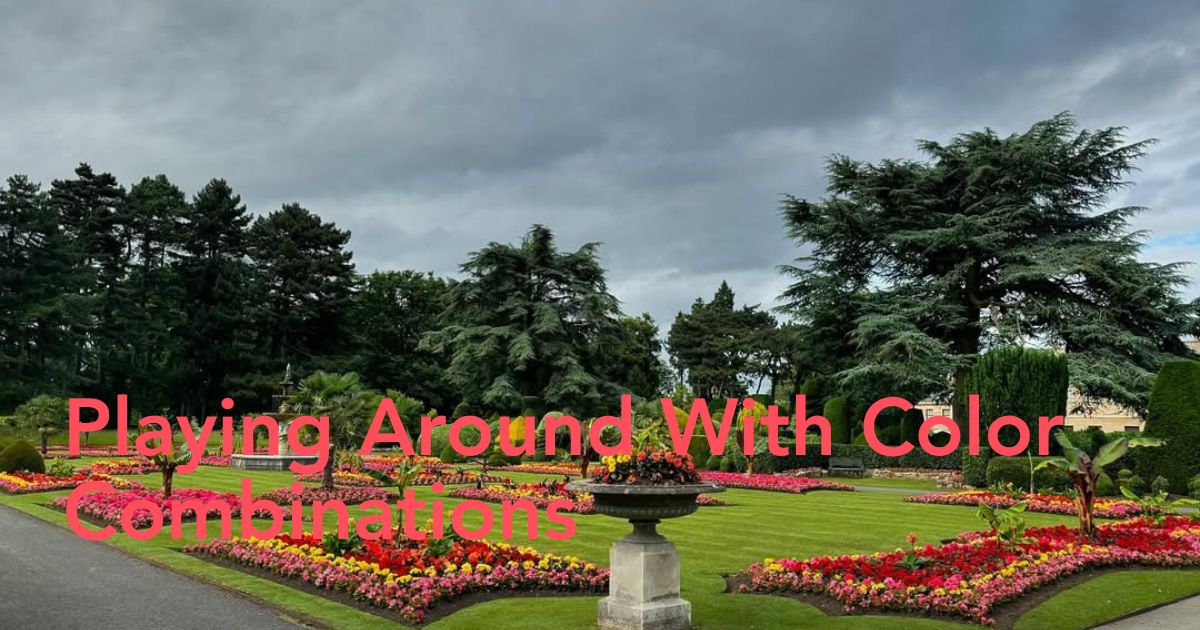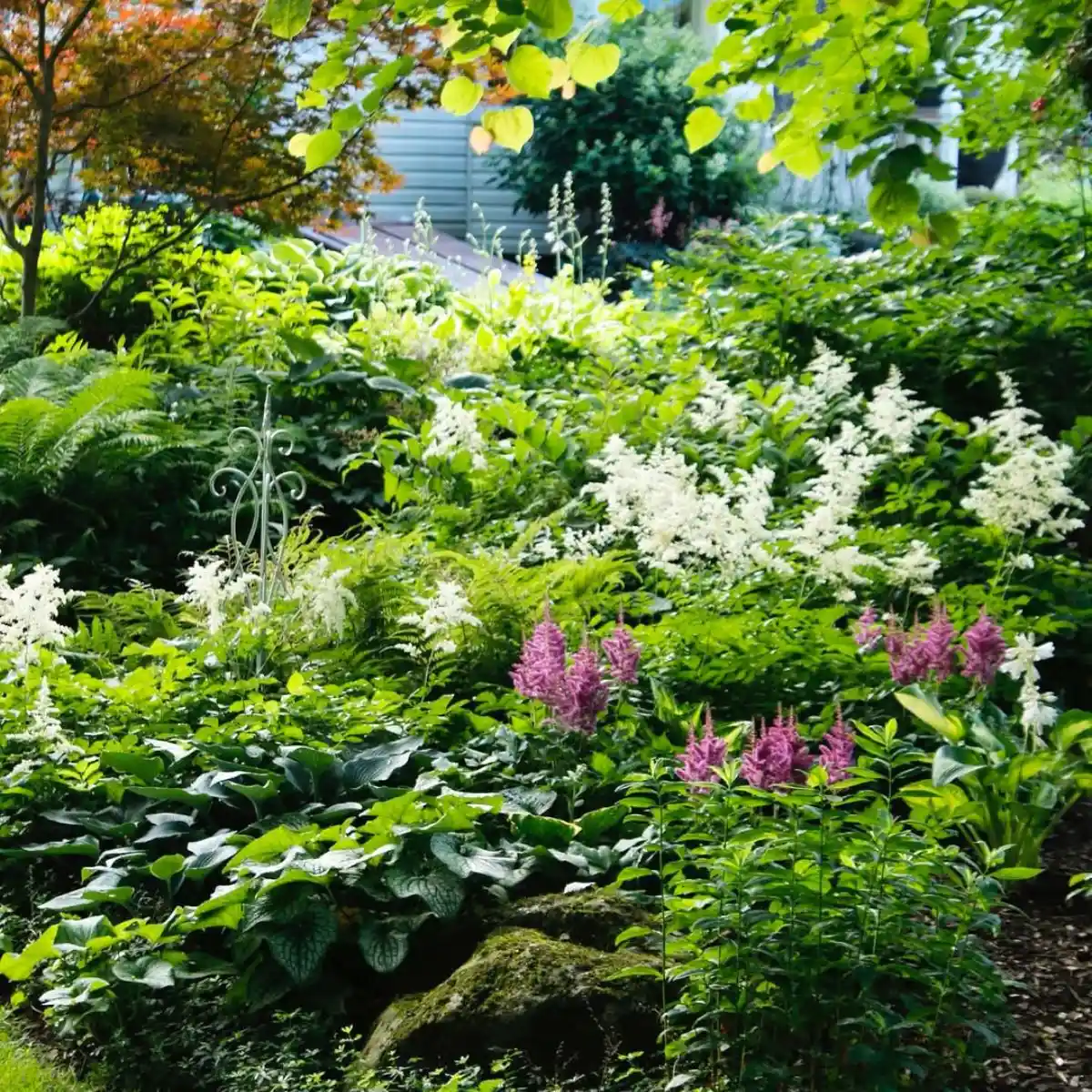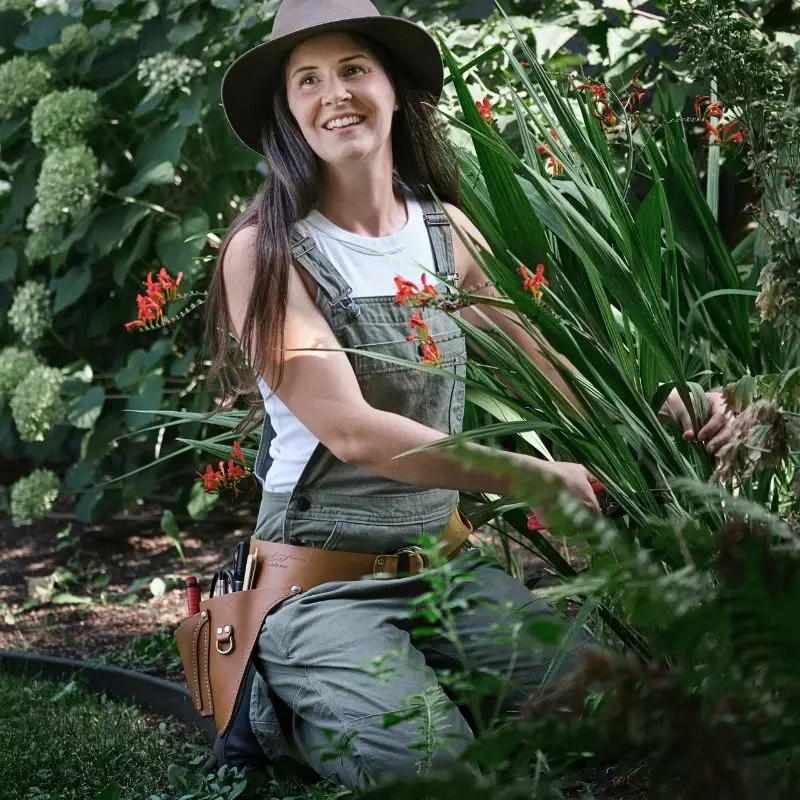Okay, so picture this: me, sitting in my apartment last February, staring out the window at what looked like the aftermath of a snowpocalypse. My poor little garden was completely buried, and I was basically climbing the walls with cabin fever. That's when I made what seemed like the most random decision ever - downloading a bunch of garden-themed games on my phone. I figured, hey, at least I could pretend to garden while Mother Nature held my actual plants hostage. But holy cow, did I underestimate what I was getting into? These weren't just cute little time-wasters; they turned out to be like having a master class in garden design right in my pocket.

Color Theory Through Digital Experimentation
You know that paralyzing fear when you're standing in the garden center, holding two plants and wondering if they'll look amazing together or like a complete disaster? Yeah, that used to be me every single time. Garden games completely eliminated that anxiety. I spent entire evenings last winter playing around with color combinations that I never would've dared try in real life. Purple and orange? Sounds terrible, right? Wrong! In the right proportions, it's absolutely stunning. The games give you instant visual feedback, so you can see immediately whether something works or whether it looks like a toddler's art project gone wrong. I discovered that colors I'd written off as "never going to work" actually create incredible focal points when you balance them properly. Now, when I'm planning my real garden, I have this whole mental catalog of color combinations that I know work. The confidence boost is incredible - I'm no longer second-guessing every plant choice.
Strategic Thinking Beyond the Garden
The strategic elements in these games develop thinking skills that reach way beyond just deciding where to put your petunias. It's similar to learning how to play gin rummy - you're constantly thinking several moves ahead, managing limited resources, and adapting your strategy based on what cards you're dealt. In garden games, you're weighing trade-offs constantly: do you go for the fast-growing annuals that give you immediate gratification, or do you invest in perennials that take forever to get established but pay off big time in the long run? Should you focus all your energy on making one area absolutely spectacular, or spread your efforts around to create multiple smaller focal points? These decision-making processes have honestly improved how I approach problems at work. The same principles apply everywhere - resource allocation, timing considerations, balancing immediate needs with long-term goals.

Seasonal Planning and Succession Strategies
Garden strategy games are brilliant at teaching the incredibly complex choreography of seasonal planning that takes real gardeners years to figure out. Most of these games incorporate realistic growing seasons, bloom times, and plant lifecycles that mirror actual gardening challenges. I learned about succession planting through a game before I ever attempted it in my real garden. The concept of planting the same crop every two weeks to ensure continuous harvests suddenly made perfect sense when I could see it visualized digitally. The games also force you to think in terms of four-season interest - planning for spring bulbs, summer bloomers, fall foliage, and winter structure. This holistic approach completely transformed my real garden from a space that looked amazing for about six weeks to one that offers something beautiful year-round.
Space Optimization and Layout Efficiency
Small space gardening strategies become crystal clear when you can experiment with different layouts without any real-world consequences. I have this tiny urban garden that I used to think was hopeless for anything ambitious. Garden games taught me about vertical growing, companion planting, and squeezing every ounce of potential out of limited space. The visual representation of mature plant sizes prevents the classic mistake of overcrowding that we've all made. You can see exactly how much space that tomato plant will monopolize when it's fully grown, or how wide that perennial will spread after a few seasons. Layering techniques become obvious when you can experiment with different height combinations. I learned to create depth and interest in small spaces using the "thriller, filler, spiller" principle - tall focal plants, medium-height filling plants, and trailing plants that cascade over edges.

Companion Planting and Plant Relationships
The ecological aspects of gardening come alive in strategy games that simulate plant relationships and compatibility. I had absolutely no clue that certain plants actually help each other grow better until I started playing games that reward proper companion planting. Marigolds reducing pest problems for tomatoes, basil improving the flavor of nearby herbs, tall plants providing shade for heat-sensitive crops - these relationships become second nature when you see them in action repeatedly. The games also teach you about allelopathy - how some plants actually inhibit the growth of others through chemical interactions. Black walnut trees affect nearby plants, and certain herbs can naturally suppress weeds. This knowledge has made me much more thoughtful about plant placement in my real garden. I now plan garden communities rather than just individual plant locations.
Resource Management and Budget Planning
Garden games are surprisingly realistic about the financial realities of gardening, teaching valuable lessons about resource allocation and budget management. You have limited coins, seeds, or resources, forcing you to prioritize and make strategic choices. Should you invest in expensive, rare plants or build a solid foundation with reliable performers? Is it worth spending extra on premium soil amendments or better tools? These virtual budget decisions mirror real gardening choices perfectly. I've become much more strategic about my actual garden spending because of these games. Instead of impulse buying every gorgeous plant I see at the nursery, I now plan purchases based on overall garden goals. The games also teach the value of patience - sometimes waiting for the right season or saving up for better quality pays off massively in the long run.

Problem-Solving and Troubleshooting Skills
Garden strategy games present realistic challenges that develop problem-solving skills directly applicable to real gardening situations. Pest infestations, disease outbreaks, weather disasters, and plant failures all require quick thinking and adaptive strategies. The games teach you to diagnose problems systematically and implement solutions efficiently. When my real garden faces challenges now, I automatically think through potential causes and solutions in a structured way. Yellowing leaves could indicate overwatering, nutrient deficiency, or pest problems - the games taught me to consider multiple possibilities before jumping to conclusions. The trial-and-error aspect of gaming makes you comfortable with experimentation, which is absolutely essential for successful gardening.
Design Principles and Aesthetic Development
Playing garden games has dramatically improved my understanding of landscape design principles that I never would have learned otherwise. Concepts like focal points, rhythm, balance, and proportion become intuitive when you can experiment with different arrangements and see immediate results. I learned about creating visual flow through repeated colors or shapes, using odd numbers for natural-looking groupings, and the crucial importance of negative space in garden design. The games also expose you to different garden styles - formal English gardens, wild cottage gardens, minimalist modern designs, or themed gardens like butterfly gardens or herb spirals. This exposure broadened my design vocabulary and gave me the confidence to develop my own unique aesthetic rather than just copying what I saw in gardening magazines.

Conclusion
Garden strategy games have been a surprise but absolutely worthwhile tool in my gardening journey. They provide a completely risk-free space to experiment, learn, and practice skills that directly translate to real-world success. The combination of strategic planning, design principles, and practical knowledge results in a well-rounded learning experience that's both enjoyable and actually educational. Whether you are a beginning gardener looking to build confidence or an experienced gardener looking to try out new techniques, these games offer knowledge that can completely transform your relationship with the outdoors. The best part is that what you learn through virtual experimentation makes your real-world gardening more intentional, more successful, and ultimately far more rewarding. Every virtual garden you create brings you one step closer to achieving your perfect real-world garden layout.










